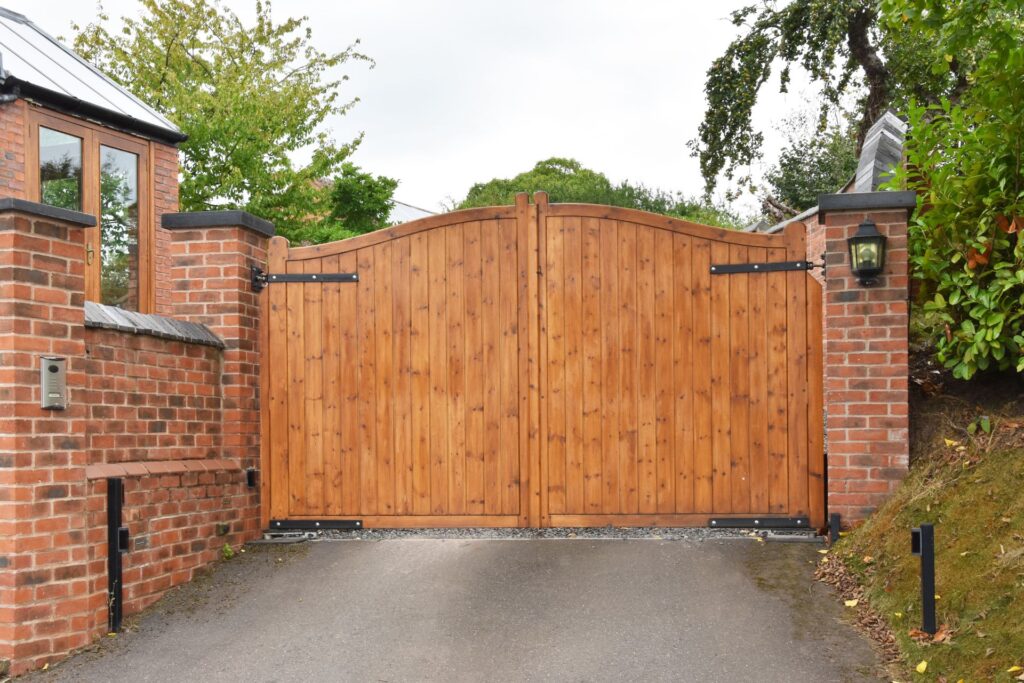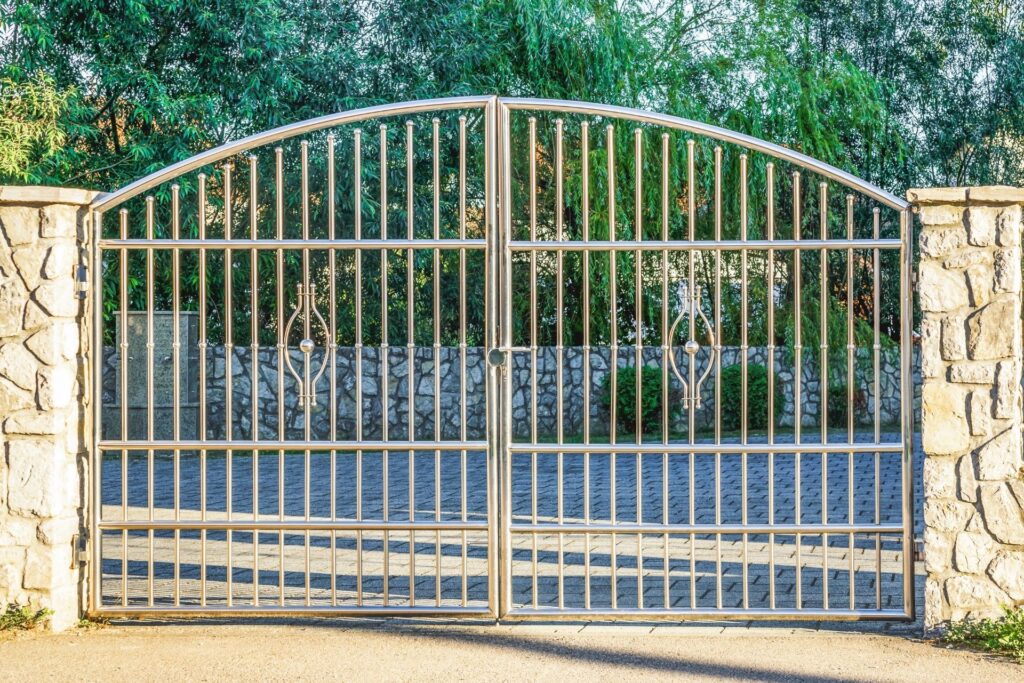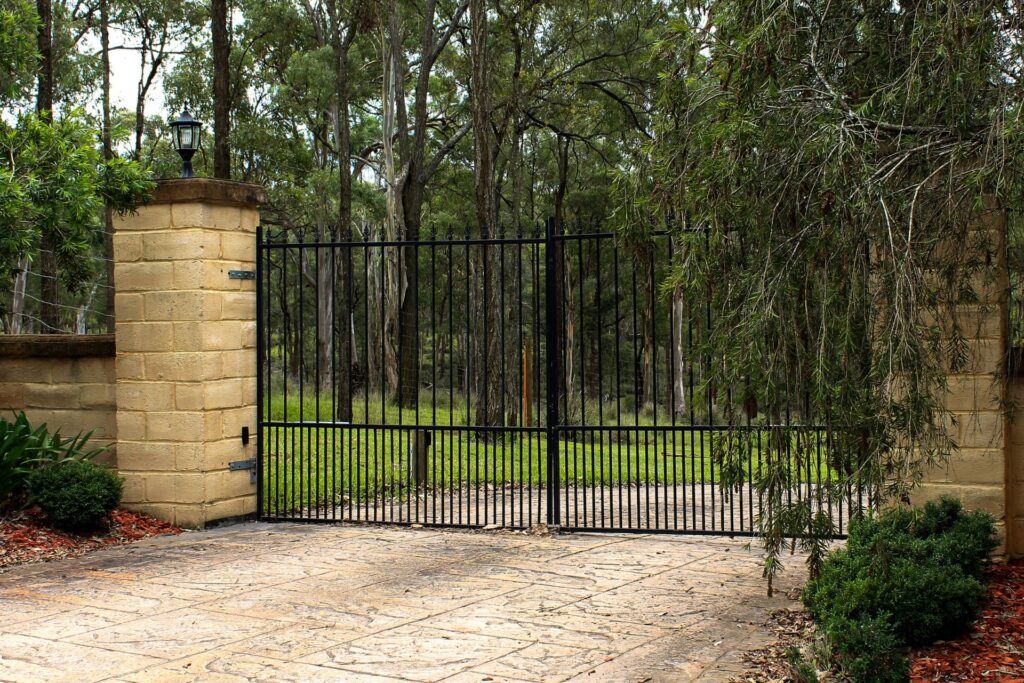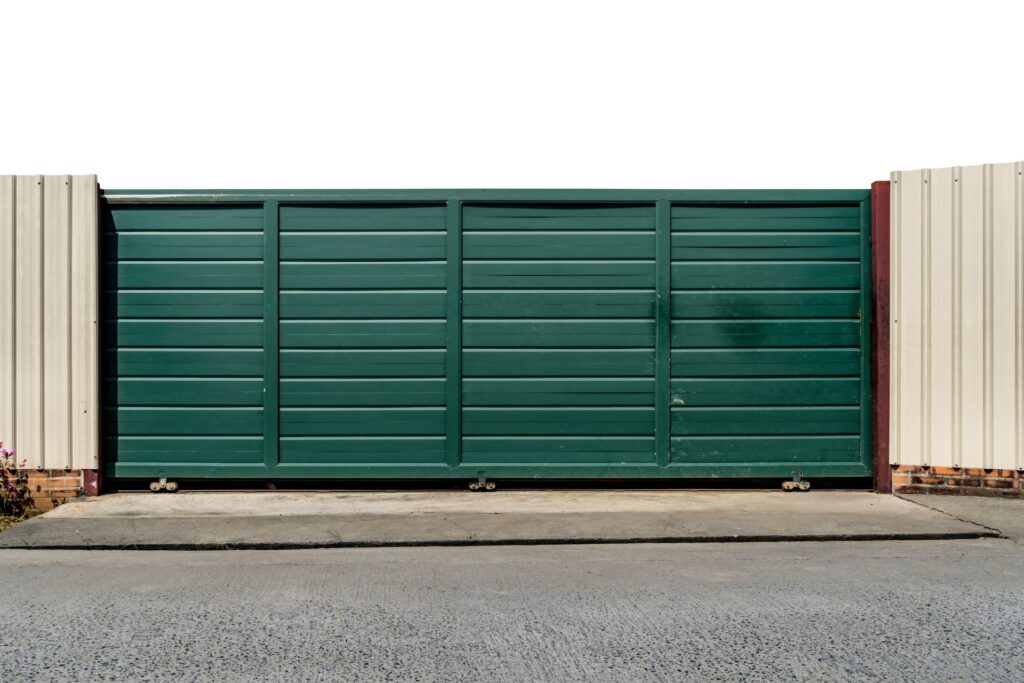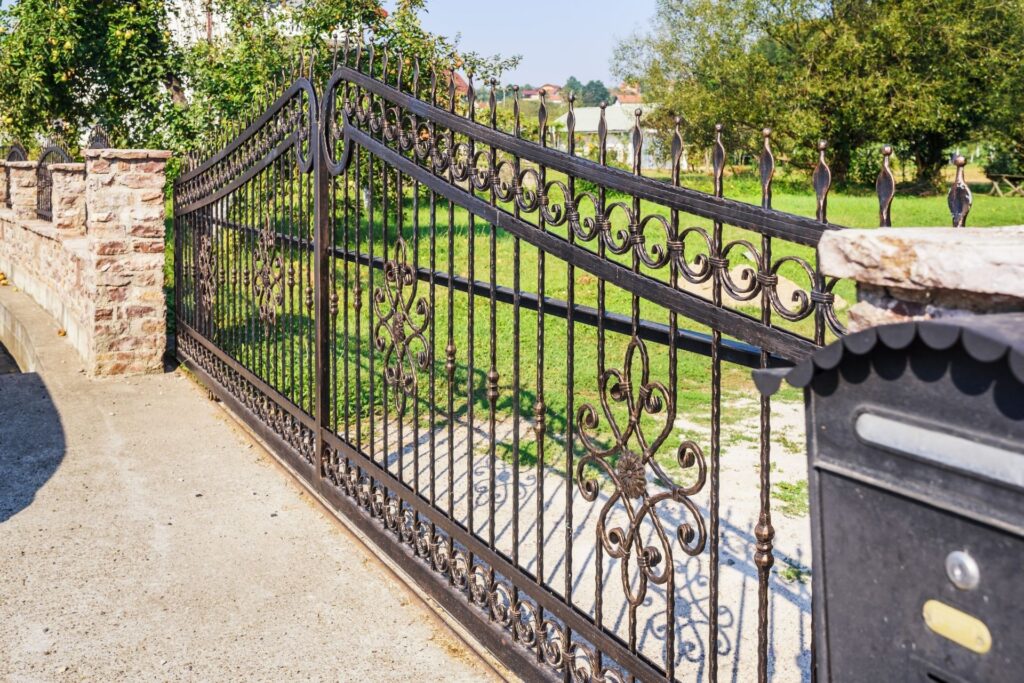Welcome to our guide on selecting the best wood for your gate frame! Choosing the right wood is crucial for ensuring your gate not only looks great but also stands the test of time against weather, pests, and wear. In this post, we’ll explore the factors to consider when selecting wood, compare popular wood options, and provide maintenance tips to keep your gate looking pristine. Whether you’re a DIY enthusiast or considering professional installation, our goal is to help you make an informed decision that balances durability, aesthetics, and budget. Let’s dive in and find the perfect wood for your gate frame!
The best wood for a gate frame includes options like Cedar, Redwood, Pressure-Treated Pine, Ipe (Brazilian Walnut), and Oak. Cedar and Redwood offer natural resistance to rot and insects, making them ideal for long-lasting gates. Pressure-treated pine is a cost-effective choice, treated to withstand harsh conditions. Ipe is extremely durable and resistant to pests but can be costly and challenging to work with. Oak provides a classic look and strong durability. Choosing the right wood depends on factors like budget, climate, and desired maintenance level.
Factors To Consider When Choosing Wood For Gate Frames
Durability
Durability is a critical factor when selecting wood for gate frames. This attribute determines how well the wood can withstand the test of time and regular use. Gates are exposed to various stresses, including physical impact and the weight of the gate itself. A durable wood will resist warping, splitting, and decay, ensuring that the gate remains functional and aesthetically pleasing for years to come. Hardwoods like oak and mahogany are known for their exceptional durability, making them excellent choices for gate frames. By opting for durable wood, homeowners can avoid frequent repairs and replacements, ultimately saving time and money.
Weather Resistance
The ability to withstand different weather conditions is another essential consideration when choosing wood for gate frames. Outdoor gates face constant exposure to the elements, including sun, rain, wind, and humidity. Wood that lacks weather resistance may suffer from rotting, swelling, or cracking, compromising the gate’s structural integrity and appearance. Woods like cedar and teak are renowned for their natural resistance to moisture and insects, making them ideal for outdoor use. Applying a protective sealant can further enhance the wood’s ability to resist weather damage, ensuring the gate remains robust and attractive through various seasons.
Aesthetics
The visual appeal of the wood is a significant factor that can influence the overall look of a property. The gate is often one of the first features people notice about a home, and choosing the right wood can enhance the property’s curb appeal. Different types of wood offer various grain patterns, colors, and finishes. For example, the rich, dark tones of walnut can add a touch of elegance, while the lighter shades of pine can create a more rustic, welcoming appearance. It’s important to select wood that complements the architectural style and color scheme of the property, creating a harmonious and attractive entryway.
Cost
Balancing quality with budget is crucial when selecting wood for gate frames. While high-quality, durable woods like teak and mahogany offer excellent performance, they also come with a higher price tag. Conversely, more affordable options like pine or spruce might fit the budget but may require more maintenance and have a shorter lifespan. It’s important to consider the long-term costs associated with maintenance and potential replacements when evaluating the initial investment. Homeowners should aim to find a balance that provides the desired durability and aesthetics without exceeding their budget constraints. Consulting with a professional can help identify the best wood options that meet both quality and financial requirements.
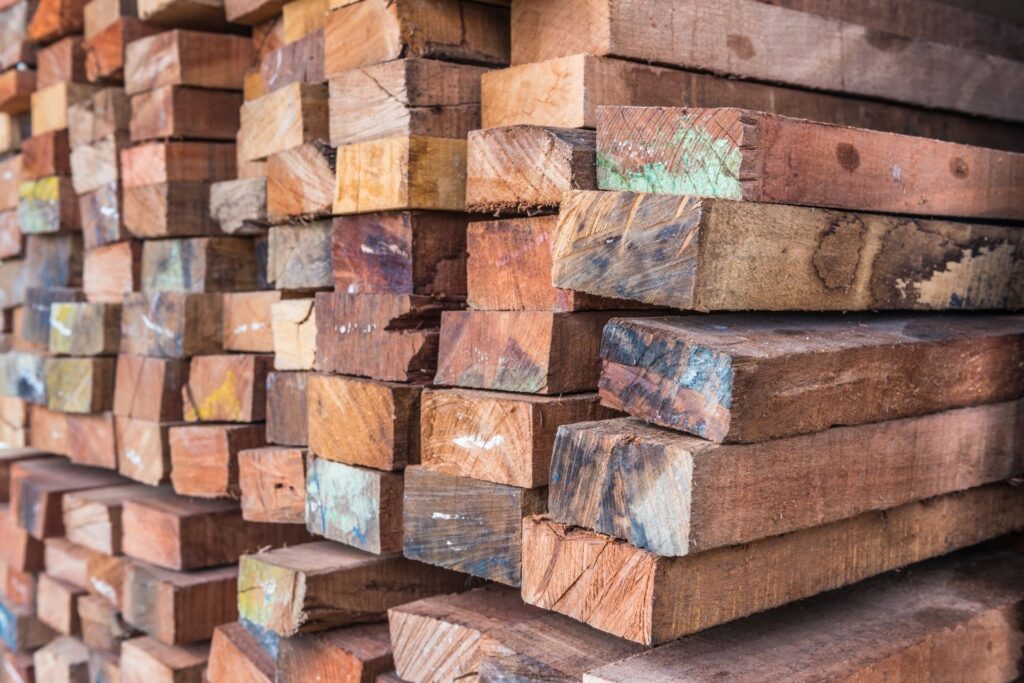
Types Of Wood Commonly Used For Gate Frames
Choosing the right type of wood for gate frames is crucial for ensuring durability, aesthetics, and long-term performance. Two main categories of wood used for this purpose are hardwoods and softwoods. Understanding the differences between them, along with their respective advantages and disadvantages, can help you make an informed decision.
Hardwoods vs. Softwoods
Brief Overview of the Differences
Hardwoods come from deciduous trees, which lose their leaves annually, such as oak, maple, and mahogany. These trees grow slower than their softwood counterparts, resulting in denser and more durable wood. In contrast, softwoods are derived from coniferous trees, like pine, cedar, and spruce. These trees grow faster and tend to be lighter and less dense than hardwoods.
Pros and Cons of Hardwoods for Gate Frames
Pros:
1. Durability: Hardwoods are exceptionally durable and resistant to wear and tear, making them ideal for gate frames that need to withstand the elements and heavy use.
2. Aesthetics: They often feature-rich, attractive grains and colors, adding a premium look to your gates.
3. Strength: Due to their density, hardwoods provide excellent structural support, ensuring that the gate remains stable and secure over time.
Cons:
1. Cost: Hardwoods are generally more expensive than softwoods, which can be a significant consideration for budget-conscious projects.
2. Weight: The density of hardwoods also means they are heavier, which can make installation more challenging and may require sturdier hinges and supports.
3. Workability: Hardwoods can be more difficult to cut and shape due to their density, requiring more specialized tools and skills.
Pros and Cons of Softwoods for Gate Frames
Pros:
1. Affordability: Softwoods are typically less expensive than hardwoods, making them a cost-effective option for gate frames.
2. Workability: They are easier to cut, shape, and work with, which can simplify the construction and installation process.
3. Lightweight: Softwoods are lighter, which can make the gate easier to handle and reduce the strain on hinges and other supports.
Cons:
1. Durability: Softwoods are generally less durable and more susceptible to damage from weather and insects compared to hardwoods. This can affect the longevity of the gate frame.
2. Maintenance: To maintain their appearance and integrity, softwood gate frames often require more frequent maintenance, such as sealing, staining, or painting.
3. Strength: The lighter weight and lower density of softwoods can result in less structural strength, which may be a concern for larger or heavily used gates.
When deciding between hardwoods and softwoods for your gate frame, consider the specific requirements of your project, including budget, durability needs, and aesthetic preferences. Hardwoods offer unparalleled strength and longevity but come at a higher cost and with more demanding installation requirements. Softwoods, on the other hand, are easier to work with and more affordable but may require more maintenance and may not last as long. By weighing these factors, you can choose the type of wood that best meets your needs and ensures a beautiful, functional gate for years to come.
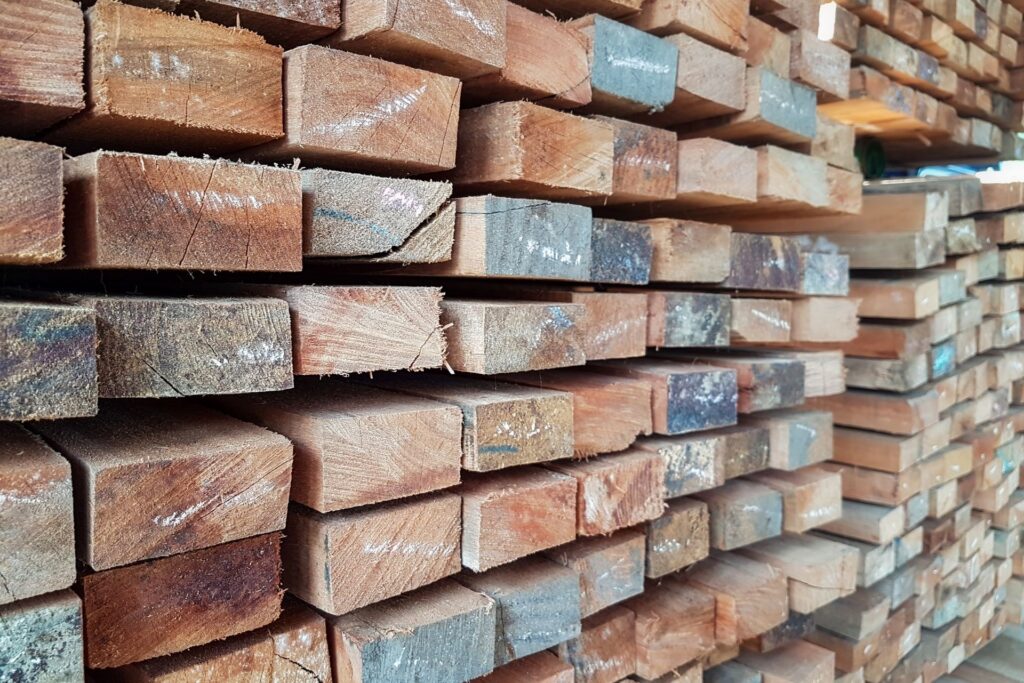
Best Wood Options For Gate Frames
When it comes to selecting the best wood for gate frames, the choices are varied and each type of wood has its own unique properties, benefits, and drawbacks. Here are some of the top options:
Cedar
Cedar is a popular choice for gate frames due to its natural resistance to rot and insects. This property makes it an excellent option for outdoor use, ensuring longevity even in harsh weather conditions.
Benefits
- Lightweight: Cedar is easy to handle and install because of its low density.
- Attractive Grain: It has a beautiful, natural grain that adds aesthetic value to any gate design.
Drawbacks
- Higher Cost: Compared to other woods, cedar can be more expensive, which might be a consideration if you’re on a budget.
Redwood
Redwood is another excellent option for gate frames, known for its durability and resistance to decay. This wood is particularly favored for its beautiful reddish color, which can enhance the visual appeal of your gate.
Benefits
- Beautiful Reddish Color: The natural color of redwood is striking and can add a touch of elegance to your property.
- Stability: Redwood is stable, meaning it’s less likely to warp or split over time.
Drawbacks
- Expensive: Like cedar, redwood can be pricey.
- Availability: Depending on your location, redwood might not be as readily available as other options.
Pressure-Treated Pine
Pressure-treated pine is a widely available and affordable option for gate frames. This wood is chemically treated to enhance its durability, making it resistant to rot and insects.
Benefits
- Affordable: One of the most budget-friendly options available.
- Widely Available: Easy to find in most lumber yards and home improvement stores.
Drawbacks
- Requires Maintenance: Needs regular maintenance to keep it in good condition.
- Potential Chemicals: The chemical treatment can sometimes be a concern for those looking for eco-friendly options.
Ipe (Brazilian Walnut)
Ipe, also known as Brazilian Walnut, is renowned for its exceptional hardness and long-lasting properties. This wood is incredibly durable and highly resistant to pests, making it ideal for outdoor structures like gate frames.
Benefits
- Exceptional Durability: Ipe can last for decades with minimal maintenance.
- Resistance to Pests: Naturally resistant to insects and decay, ensuring a long lifespan.
Drawbacks
- Very Heavy: The density of Ipe makes it quite heavy, which can make installation more challenging.
- Difficult to Work With: Its hardness requires special tools and skills for cutting and shaping.
- Costly: Ipe is one of the more expensive options due to its superior qualities and import costs.
Oak
Oak is a strong and dense wood that offers a classic look for gate frames. It’s known for its durability and is a traditional choice for many carpentry projects.
Benefits
- Classic Look: Oak provides a timeless and traditional appearance that many homeowners find appealing.
- Durable: Oak is strong and can withstand significant wear and tear.
Drawbacks
- Prone to Cracking: If not properly treated and maintained, oak can be prone to cracking and splitting.
Each of these wood options has its own set of characteristics that make it suitable for gate frames. Your choice will depend on your specific needs, budget, and aesthetic preferences. Whether you prioritize durability, appearance, or cost, there’s a wood option that will meet your requirements and help you create a beautiful and long-lasting gate.
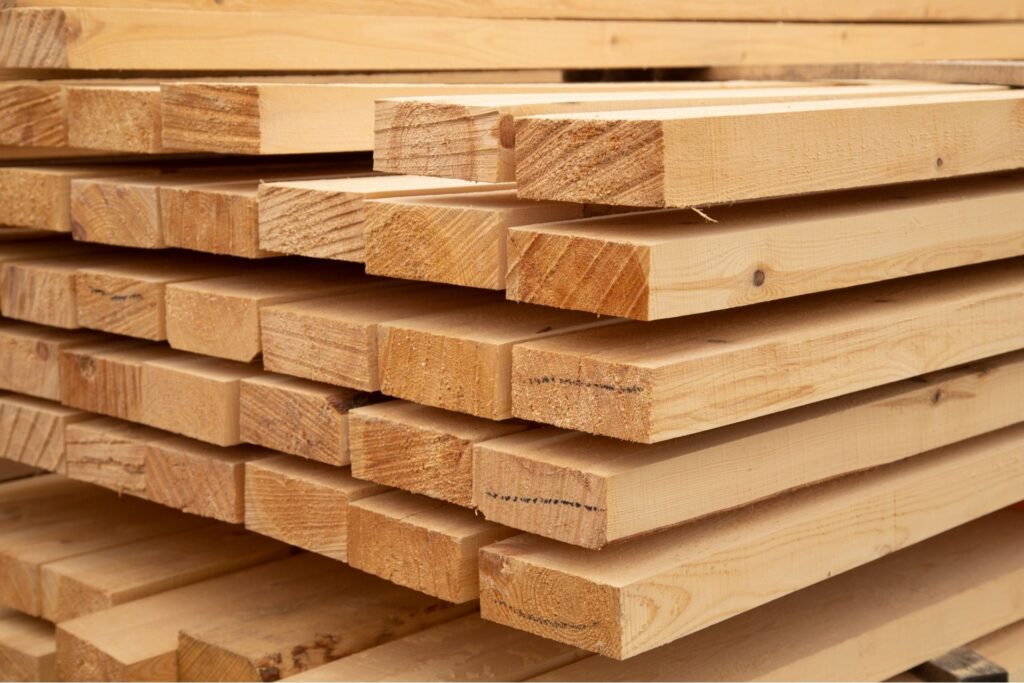
Treatment And Maintenance Tips For Wooden Gate Frames
Wooden gate frames can add a classic and charming look to your property, but they require proper care to maintain their beauty and functionality over time. Below are some essential tips for treating and maintaining your wooden gate frames.
Sealing and Staining
One of the most crucial steps in preserving the life and appearance of your wooden gate frame is sealing and staining. Wood is susceptible to damage from moisture, UV rays, and pests, so protecting it with a sealant and stain is essential.
Importance of Protecting the Wood: Sealing and staining your wooden gate frame helps to shield it from the elements. Moisture can cause wood to warp, swell, and eventually rot, while UV rays can lead to fading and weakening of the wood fibers. Staining not only enhances the natural beauty of the wood but also provides an additional layer of protection against these threats.
Best Practices for Application: Before applying sealant or stain, ensure that the wood is clean and dry. Use a quality wood cleaner to remove any dirt, mildew, or old finishes. Sand the surface lightly to create a smooth base for the sealant or stain to adhere to. Apply the sealant or stain with a brush or sprayer, following the manufacturer’s instructions. Allow it to dry completely before exposing the gate to moisture or direct sunlight.
Regular Maintenance
To keep your wooden gate frame looking great and functioning properly, regular maintenance is key. This includes routine cleaning and inspections, as well as reapplying sealants or stains as necessary.
Cleaning and Inspecting for Damage: Regularly clean your gate frame to remove dirt, debris, and any mold or mildew that may develop. Use a mild detergent and water solution for cleaning, and avoid using harsh chemicals that could damage the wood. Inspect the gate frame periodically for signs of damage such as cracks, splits, or areas where the sealant has worn off. Early detection of problems can prevent more significant damage down the line.
Reapplying Sealants or Stains as Needed: The protective finish on your wooden gate frame will wear over time, especially in harsh weather conditions. It’s essential to reapply sealants or stains periodically to maintain the wood’s protection. Check the gate annually and reapply the finish every two to three years, or as needed, to ensure ongoing protection.
Repairing Damaged Wood
Even with the best maintenance practices, wooden gate frames can still suffer damage. Knowing how to address these issues promptly can extend the life of your gate.
How to Handle Minor Damages: For minor damages like small cracks or dents, use wood filler to repair the affected areas. Sand the surface smoothly after the filler has dried, and then apply a new coat of sealant or stain to blend the repair with the rest of the gate frame.
When to Consider Replacing Parts of the Gate Frame: If you notice significant damage such as large cracks, extensive rot, or structural instability, it may be necessary to replace parts of the gate frame. In some cases, replacing an entire section of the frame is more cost-effective and durable than attempting to repair extensive damage. Consult a professional if you are unsure about the extent of the damage or the best course of action.
By following these treatment and maintenance tips, you can ensure that your wooden gate frame remains a beautiful and functional feature of your property for many years. Regular care and attention will protect your investment and enhance the curb appeal of your home.
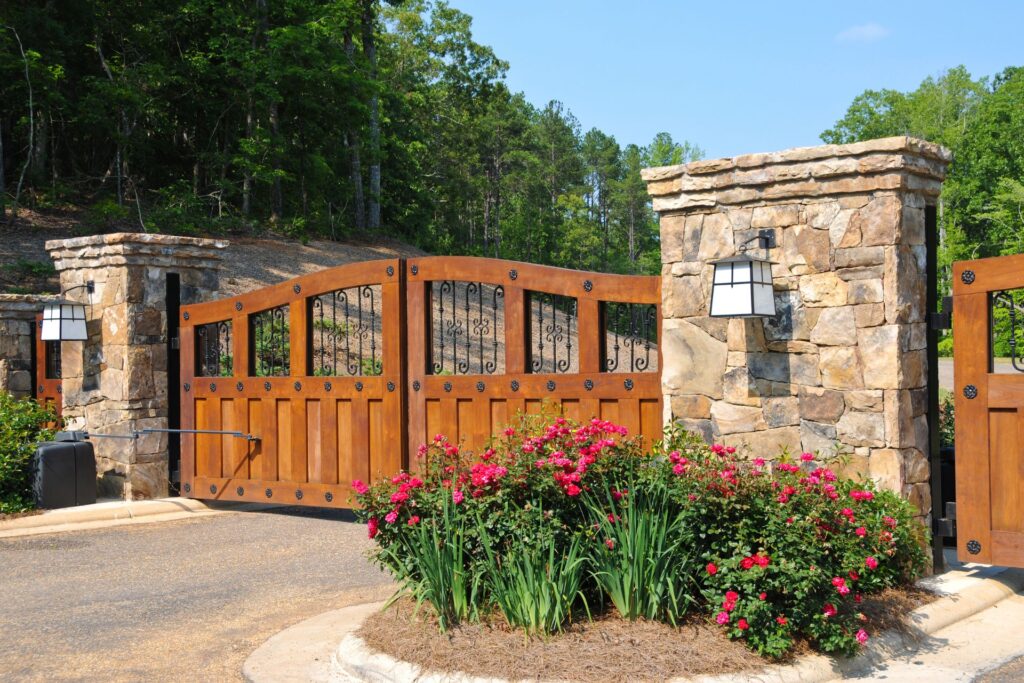
Sustainable Wood Choices
Choosing sustainably sourced wood is an essential practice for anyone looking to make environmentally conscious decisions in their construction or renovation projects. The importance of this choice cannot be overstated, as it has far-reaching impacts on both the environment and the communities that rely on forest resources. Here’s a detailed look into why sustainable wood choices matter, the certifications you should look for, and the benefits these choices bring.
Importance of Choosing Sustainably Sourced Wood
Sustainably sourced wood is harvested in ways that ensure the long-term health and stability of forest ecosystems. This means that logging practices are designed to maintain the biodiversity, productivity, and ecological processes of the forest. By choosing sustainably sourced wood, you support practices that avoid clear-cutting and prioritize the preservation of natural habitats.
Moreover, sustainable forestry practices help combat climate change by ensuring forests can continue to act as carbon sinks. Healthy forests absorb carbon dioxide from the atmosphere, storing carbon in trees and soil. When forests are managed sustainably, they can continue to sequester carbon, which helps mitigate the effects of global warming.
Certification Labels to Look For
When selecting wood for your projects, it’s crucial to look for certification labels that indicate the wood has been sourced sustainably. The two most recognized certifications are:
Forest Stewardship Council (FSC): This certification ensures that the wood comes from responsibly managed forests that provide environmental, social, and economic benefits. FSC-certified wood is harvested in ways that respect the rights of indigenous peoples and workers, while also protecting biodiversity and water quality.
Program for the Endorsement of Forest Certification (PEFC): Similar to the FSC, the PEFC promotes sustainable forest management through independent third-party certification. PEFC-certified forests are managed in line with strict environmental, social, and economic criteria, ensuring long-term forest sustainability.
These certifications provide assurance that the wood you are purchasing meets high standards of sustainability and ethical practices.
Benefits of Sustainable Wood Choices for the Environment
Opting for sustainably sourced wood offers numerous benefits for the environment. Here are some of the key advantages:
Conservation of Biodiversity: Sustainable forestry practices help maintain the natural biodiversity of forest ecosystems. By avoiding practices like clear-cutting and promoting selective logging, these methods protect the habitats of countless species of plants and animals.
Reduction of Carbon Footprint: Sustainable forests play a critical role in absorbing carbon dioxide from the atmosphere. By supporting sustainable wood products, you contribute to the reduction of greenhouse gases and the fight against climate change.
Soil and Water Protection: Sustainable forestry practices include measures to protect soil quality and water resources. This prevents erosion, maintains soil fertility, and ensures that water bodies within the forest ecosystem remain clean and healthy.
Support for Local Communities: Many sustainable forestry initiatives work closely with local and indigenous communities, ensuring that they benefit economically from the forests they help manage. This can lead to better livelihoods and stronger community ties to forest conservation efforts.
In conclusion, choosing sustainable wood is a responsible and impactful decision. By prioritizing wood that comes with FSC or PEFC certification, you can ensure that your construction or renovation projects contribute positively to the environment. Not only does this help in conserving vital forest ecosystems, but it also plays a part in mitigating climate change and supporting local communities. Sustainable wood choices are a small but significant step towards a greener, more sustainable future.
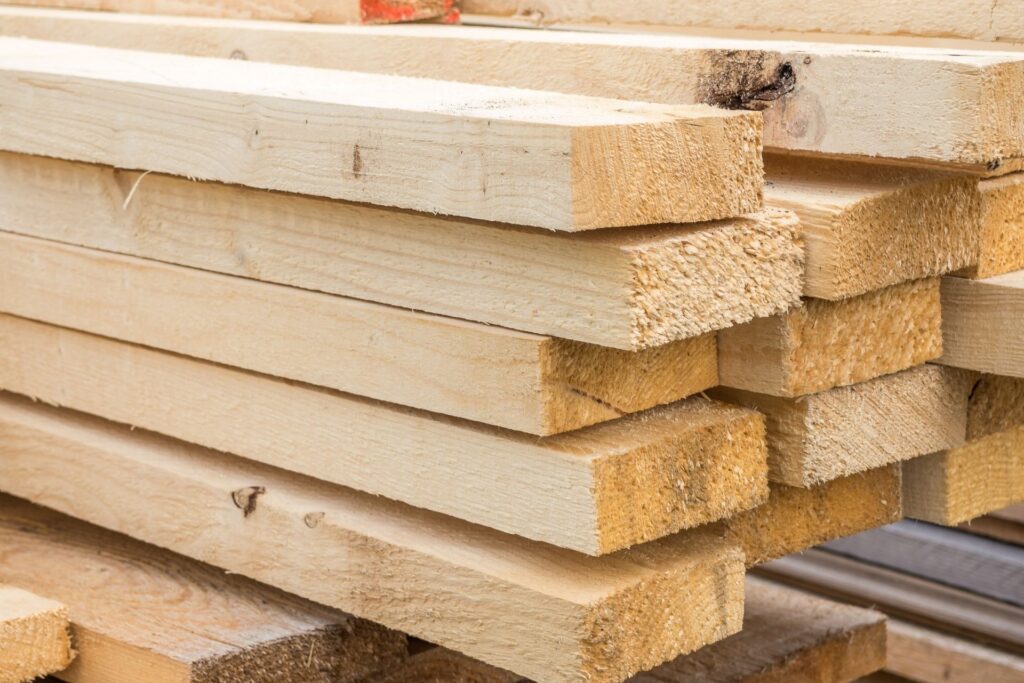
DIY Vs. Professional Installation
When it comes to installing anything, whether it’s a new deck, a home renovation project, or even setting up a simple piece of furniture, one crucial decision stands before you: Should you take the DIY route or hire a professional? Each option comes with its own set of advantages and disadvantages that are worth considering before making a final choice.
DIY Installation
Pros:
1. Cost Savings: One of the most significant benefits of opting for a DIY installation is the potential to save money. By doing the work yourself, you can avoid labor costs, which can often make up a substantial portion of the overall project expenses.
2. Personal Satisfaction: There’s a unique sense of achievement that comes with completing a project on your own. The hands-on experience not only builds your skills but also gives you a story to tell and a sense of pride in your accomplishments.
Cons:
1. Time-Consuming: DIY projects can be incredibly time-consuming, especially if you’re not familiar with the tasks at hand. What might seem like a straightforward job could end up taking days or even weeks longer than anticipated.
2. Potential for Mistakes: Without the expertise of a professional, there’s a higher risk of making errors. Mistakes can be costly to fix and might even compromise the integrity or functionality of the project.
Professional Installation
Pros:
1. Expertise: Hiring a professional ensures that the job is done by someone with the necessary skills and experience. Professionals have the knowledge to handle complex tasks and are up-to-date with industry standards and best practices.
2. Efficiency: A professional can complete the job more quickly and efficiently than a DIYer. They come equipped with the right tools and know-how, which means the project can be finished in a fraction of the time it might take an amateur.
3. Quality Assurance: With a professional, you can expect a higher standard of workmanship. Many professionals offer guarantees or warranties on their work, providing peace of mind that the job has been done correctly.
Cons:
1. Higher Cost: The primary downside of hiring a professional is the expense. Quality work comes at a price, and labor costs can significantly increase the total project budget.
Tips for Choosing a Reliable Professional
If you decide that professional installation is the best choice for your project, it’s essential to select a reliable expert. Here are some tips to help you make the right choice:
1. Do Your Research: Start by looking for professionals with good reviews and high ratings online. Websites like Yelp, Google Reviews, and Angie’s List can provide valuable insights from previous customers.
2. Check Credentials: Ensure that the professional you choose is licensed, insured, and bonded. This not only guarantees that they have met certain industry standards but also protects you in case of any mishaps during the project.
3. Ask for References: A reputable professional should have no problem providing references from past clients. Contact these references to ask about their experience and satisfaction with the work performed.
4. Get Multiple Quotes: Don’t settle on the first professional you come across. Obtain quotes from several different contractors to compare prices and services. This will give you a better understanding of the market rate and help you identify any outliers.
5. Review Contracts Carefully: Before signing any agreements, make sure to read the contract thoroughly. Pay close attention to the scope of work, timelines, payment schedules, and any guarantees or warranties offered.
By weighing the pros and cons of DIY versus professional installation and following these tips for selecting a reliable professional, you can make an informed decision that best suits your needs and ensures the success of your project.
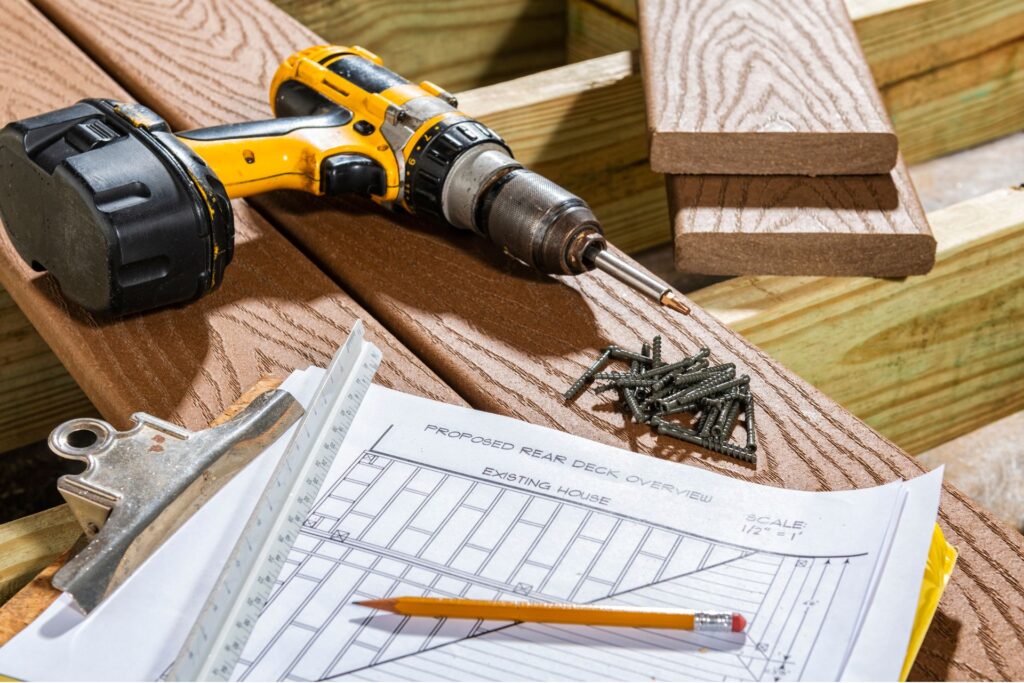
FAQs: About Best Wood for Gate Frame
Conclusion
Choosing the right wood for a gate frame is crucial for both functionality and aesthetic appeal. Selecting the appropriate wood ensures durability, stability, and a pleasing look that complements the overall property design. Each type of wood has its unique characteristics, and it’s essential to consider your specific needs and preferences when making a choice. Whether you prioritize strength, weather resistance, or appearance, the right wood can make a significant difference. We invite you to share your experiences or ask any questions in the comments section below. Your insights and inquiries help foster a community of shared knowledge and support.
About the Author:
Mike Veail is a recognized digital marketing expert with over 6 years of experience in helping tradespeople and small businesses thrive online. A former quantity surveyor, Mike combines deep industry knowledge with hands-on expertise in SEO and Google Ads. His marketing strategies are tailored to the specific needs of the trades sector, helping businesses increase visibility and generate more leads through proven, ethical methods.
Mike has successfully partnered with numerous companies, establishing a track record of delivering measurable results. His work has been featured across various platforms that showcase his expertise in lead generation and online marketing for the trades sector.
Learn more about Mike's experience and services at https://theleadguy.online or follow him on social media:

